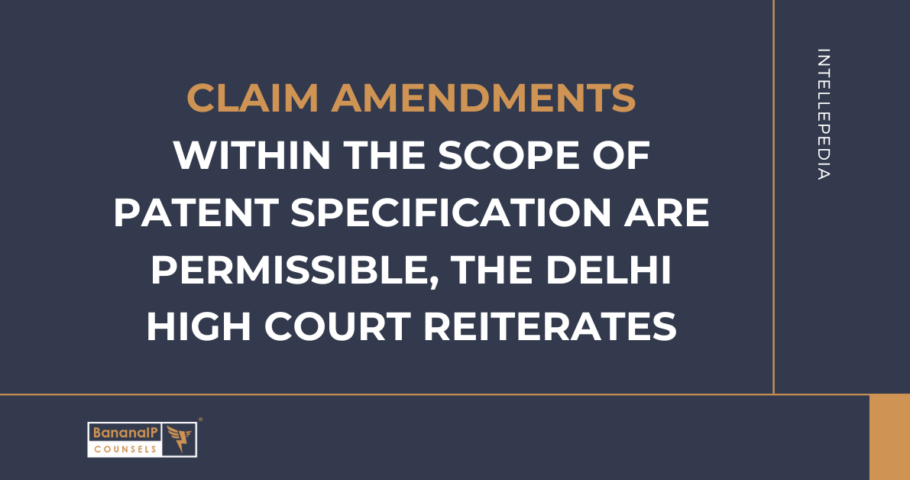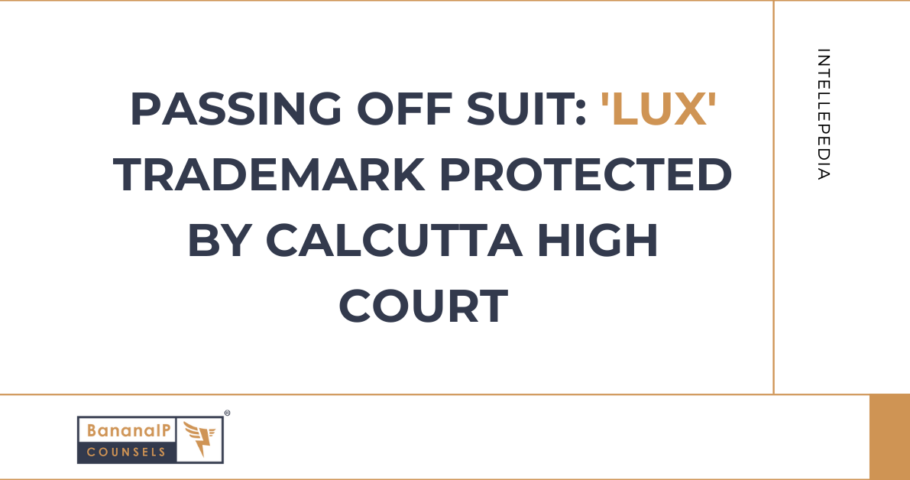The Delhi High Court dismissed Wipro’s appeal, upholding an interim injunction favoring Himalaya Wellness in the ‘Evecare’ trademark dispute. The court found that Wipro’s use of the identical mark for its female hygiene product created a likelihood of confusion with Himalaya’s Ayurvedic uterine tonic, which had been in use since 1997. The decision emphasized the precedence of prior use over trademark registration in cases of passing off. Continue Reading Evecare Trademark: Himalaya’s Prior Use Prevails Over Wipro’s Class Differentiation










